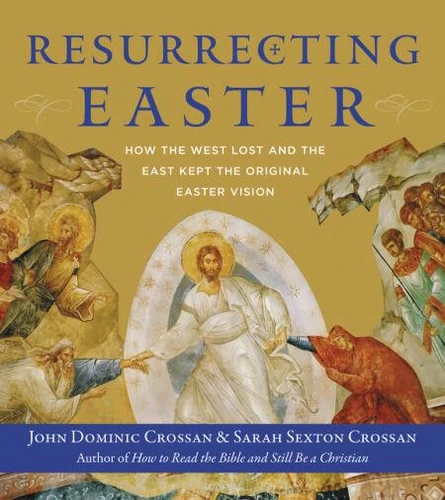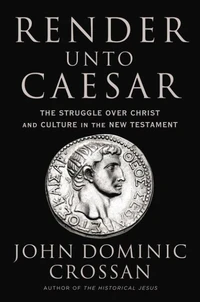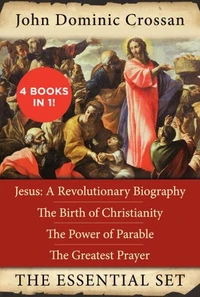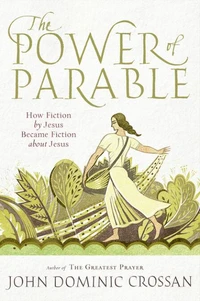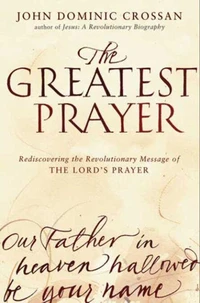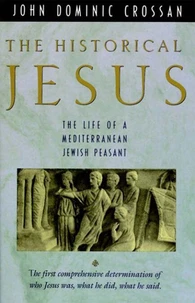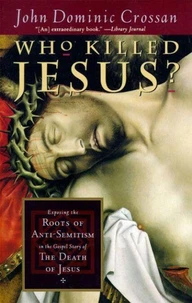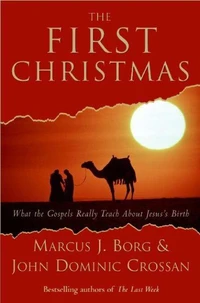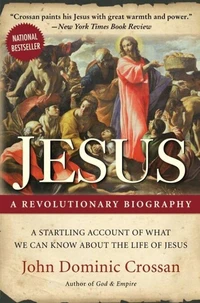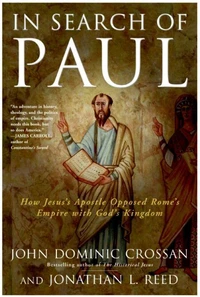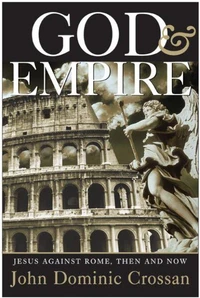Resurrecting Easter. How the West Lost and the East Kept the Original Easter Vision
Par : ,Formats :
Disponible dans votre compte client Decitre ou Furet du Nord dès validation de votre commande. Le format ePub protégé est :
- Compatible avec une lecture sur My Vivlio (smartphone, tablette, ordinateur)
- Compatible avec une lecture sur liseuses Vivlio
- Pour les liseuses autres que Vivlio, vous devez utiliser le logiciel Adobe Digital Edition. Non compatible avec la lecture sur les liseuses Kindle, Remarkable et Sony
- Non compatible avec un achat hors France métropolitaine
 , qui est-ce ?
, qui est-ce ?Notre partenaire de plateforme de lecture numérique où vous retrouverez l'ensemble de vos ebooks gratuitement
Pour en savoir plus sur nos ebooks, consultez notre aide en ligne ici
- Nombre de pages224
- FormatePub
- ISBN978-0-06-243420-3
- EAN9780062434203
- Date de parution13/02/2018
- Protection num.Adobe DRM
- Infos supplémentairesepub
- ÉditeurHarperOne
Résumé
In this four-color illustrated journey that is part travelogue and part theological investigation, bestselling author and acclaimed Bible scholar John Dominic Crossan and his wife Sarah painstakingly travel throughout the ancient Eastern church, documenting through text and image a completely different model for understanding Easter's resurrection story, one that provides promise and hope for us today.
Traveling the world, the Crossans noticed a surprising difference in how the Eastern Church considers Jesus' resurrection-an event not described in the Bible. At Saint Barbara's Church in Cairo, they found a painting in which the risen Jesus grasps the hands of other figures around him. Unlike the Western image of a solitary Jesus rising from an empty tomb that he viewed across Eastern Europe, Asia, and the Middle East, the Crossans saw images of the resurrection depicting a Jesus grasping the hands of figures around him, or lifting Adam and Eve to heaven from Hades or hell, or carrying the old and sick to the afterlife. They discovered that the standard image for the Resurrection in Eastern Christianity is communal and collective, something unique from the solitary depiction of the resurrection in Western Christianity.
Fifteen years in the making, Resurrecting Easter reflects on this divide in how the Western and Eastern churches depict the resurrection and its implications. The Crossans argue that the West has gutted the heart of Christianity's understanding of the resurrection by rejecting that once-common communal iconography in favor of an individualistic vision. As they examine the ubiquitous Eastern imagery of Jesus freeing Eve from Hades while ascending to heaven, the Crossans suggest that this iconography raises profound questions about Christian morality and forgiveness.
A fundamentally different way of understand the story of Jesus' rebirth illustrated with 130 images, Resurrecting Easter introduces an inclusive, traditional community-based ideal that offers renewed hope and possibilities for our fractured modern society.
Traveling the world, the Crossans noticed a surprising difference in how the Eastern Church considers Jesus' resurrection-an event not described in the Bible. At Saint Barbara's Church in Cairo, they found a painting in which the risen Jesus grasps the hands of other figures around him. Unlike the Western image of a solitary Jesus rising from an empty tomb that he viewed across Eastern Europe, Asia, and the Middle East, the Crossans saw images of the resurrection depicting a Jesus grasping the hands of figures around him, or lifting Adam and Eve to heaven from Hades or hell, or carrying the old and sick to the afterlife. They discovered that the standard image for the Resurrection in Eastern Christianity is communal and collective, something unique from the solitary depiction of the resurrection in Western Christianity.
Fifteen years in the making, Resurrecting Easter reflects on this divide in how the Western and Eastern churches depict the resurrection and its implications. The Crossans argue that the West has gutted the heart of Christianity's understanding of the resurrection by rejecting that once-common communal iconography in favor of an individualistic vision. As they examine the ubiquitous Eastern imagery of Jesus freeing Eve from Hades while ascending to heaven, the Crossans suggest that this iconography raises profound questions about Christian morality and forgiveness.
A fundamentally different way of understand the story of Jesus' rebirth illustrated with 130 images, Resurrecting Easter introduces an inclusive, traditional community-based ideal that offers renewed hope and possibilities for our fractured modern society.
In this four-color illustrated journey that is part travelogue and part theological investigation, bestselling author and acclaimed Bible scholar John Dominic Crossan and his wife Sarah painstakingly travel throughout the ancient Eastern church, documenting through text and image a completely different model for understanding Easter's resurrection story, one that provides promise and hope for us today.
Traveling the world, the Crossans noticed a surprising difference in how the Eastern Church considers Jesus' resurrection-an event not described in the Bible. At Saint Barbara's Church in Cairo, they found a painting in which the risen Jesus grasps the hands of other figures around him. Unlike the Western image of a solitary Jesus rising from an empty tomb that he viewed across Eastern Europe, Asia, and the Middle East, the Crossans saw images of the resurrection depicting a Jesus grasping the hands of figures around him, or lifting Adam and Eve to heaven from Hades or hell, or carrying the old and sick to the afterlife. They discovered that the standard image for the Resurrection in Eastern Christianity is communal and collective, something unique from the solitary depiction of the resurrection in Western Christianity.
Fifteen years in the making, Resurrecting Easter reflects on this divide in how the Western and Eastern churches depict the resurrection and its implications. The Crossans argue that the West has gutted the heart of Christianity's understanding of the resurrection by rejecting that once-common communal iconography in favor of an individualistic vision. As they examine the ubiquitous Eastern imagery of Jesus freeing Eve from Hades while ascending to heaven, the Crossans suggest that this iconography raises profound questions about Christian morality and forgiveness.
A fundamentally different way of understand the story of Jesus' rebirth illustrated with 130 images, Resurrecting Easter introduces an inclusive, traditional community-based ideal that offers renewed hope and possibilities for our fractured modern society.
Traveling the world, the Crossans noticed a surprising difference in how the Eastern Church considers Jesus' resurrection-an event not described in the Bible. At Saint Barbara's Church in Cairo, they found a painting in which the risen Jesus grasps the hands of other figures around him. Unlike the Western image of a solitary Jesus rising from an empty tomb that he viewed across Eastern Europe, Asia, and the Middle East, the Crossans saw images of the resurrection depicting a Jesus grasping the hands of figures around him, or lifting Adam and Eve to heaven from Hades or hell, or carrying the old and sick to the afterlife. They discovered that the standard image for the Resurrection in Eastern Christianity is communal and collective, something unique from the solitary depiction of the resurrection in Western Christianity.
Fifteen years in the making, Resurrecting Easter reflects on this divide in how the Western and Eastern churches depict the resurrection and its implications. The Crossans argue that the West has gutted the heart of Christianity's understanding of the resurrection by rejecting that once-common communal iconography in favor of an individualistic vision. As they examine the ubiquitous Eastern imagery of Jesus freeing Eve from Hades while ascending to heaven, the Crossans suggest that this iconography raises profound questions about Christian morality and forgiveness.
A fundamentally different way of understand the story of Jesus' rebirth illustrated with 130 images, Resurrecting Easter introduces an inclusive, traditional community-based ideal that offers renewed hope and possibilities for our fractured modern society.

